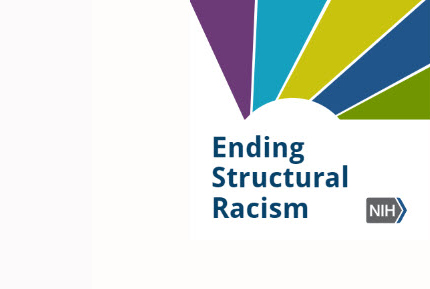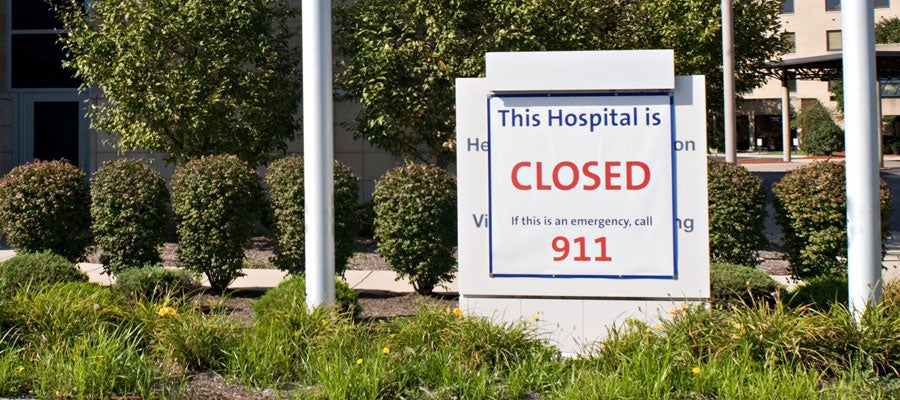 The UC Davis Food Access Map shows food and resources on UCD Campus and surrounding community
The UC Davis Food Access Map shows food and resources on UCD Campus and surrounding community
When we talk about diversity, equity and inclusion, there’s a lot of emphasis on diversity, and less so on equity and inclusion. Sometimes they sound (and in policy, are treated) as an afterthought. Sometimes it feel vague- what do we mean by “equity” and “inclusion”?
For the future health workforce, in higher education, one critical component- the bare minimum- is ensuring students’ basic needs are met, so that they have the opportunity to participate in education itself. Or in other words, what is the point of admitting students to college or graduate school if we can’t guarantee they have enough to eat, a place to live, to pay their bills, or get healthcare when they need it?
- Over half had trouble paying rent and bills
- One quarter went hungry because they didn’t have enough money for food.
What does that mean for their professional and educational aspirations?
- Nearly 3/4 had concerns about the costs of attending and applying to graduate school in the health professions
- Over 60% reported: application fee waivers did not meet their cost needs, that fee waivers did not help them apply to more programs, and that fee waivers did not arrive in the time needed.
Since the onset of the COVID-19 pandemic, the widening gap in economic inequity has been weighing down upon our future health workforce. While education programs have traditionally focused on academic preparation, mentorship and admissions, we need to be mindful about both their basic needs, and then how our own programs and policies are creating barriers.
Students who need to search for their next meal cannot perform their best at school– nor do they have the financial resources to take standardized tests, submit multiple applications, and for those who need them, get assessments and approvals for accommodations. The processes for applying for, and receiving, fee waivers, as well as the amount, if any- needs to shore up these gaps, not create more barriers.
Reducing financial precarity is critical for ensuring equity- and creating inclusive institutions.
*For more projects on student basic and economic needs, check out Student Affairs page.


